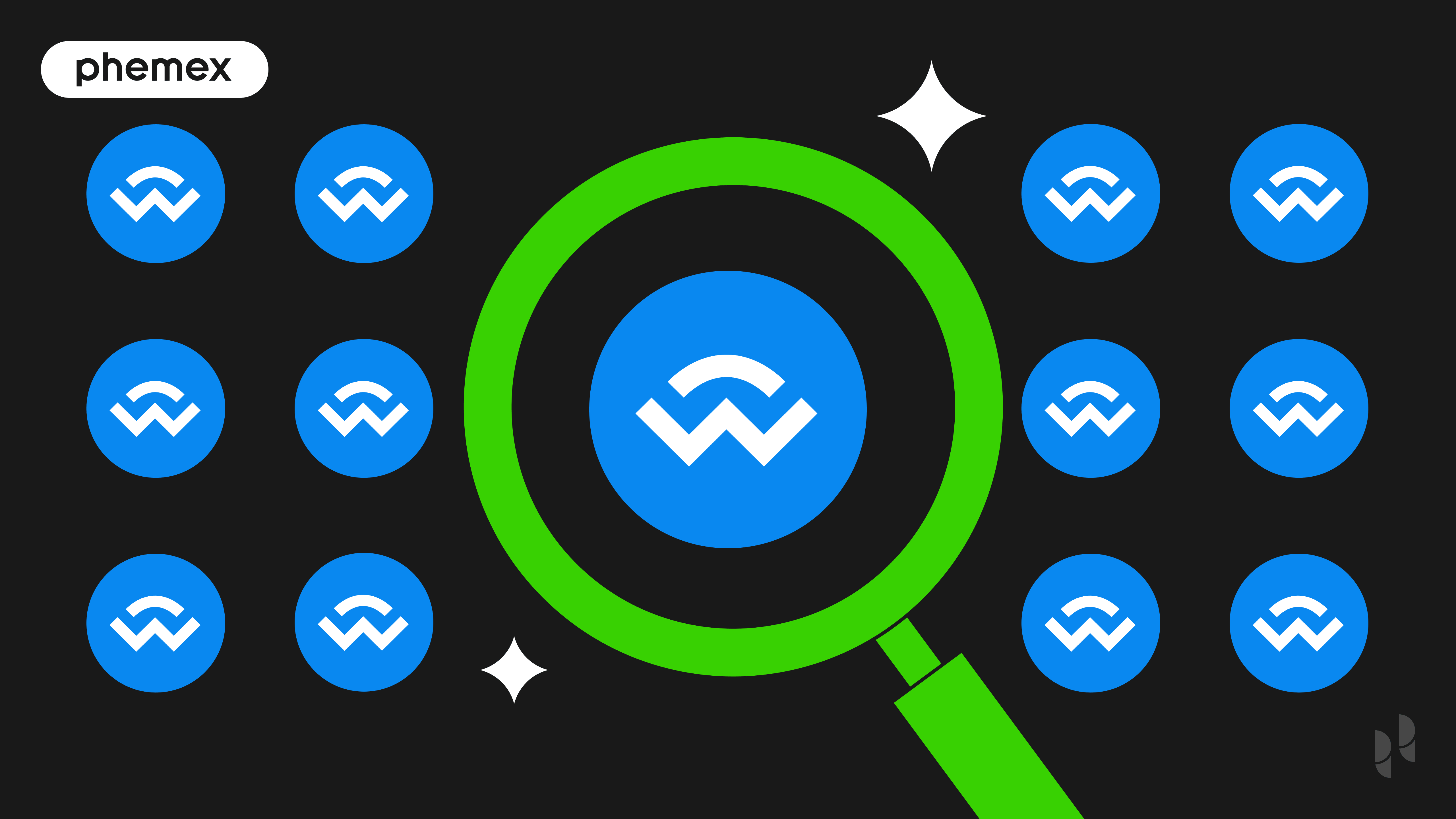Summary
- What is a custodial wallet: A custodial wallet keeps custody of your crypto holdings. It means that your cryptocurrency private keys are held by a third party on your behalf.
- What is a non-custodial wallet: Non-Custodial wallets allow users to own and hold their private keys, thereby giving them full control of their assets.
- Someone who is trading cryptos every day might want to use custodial wallets to quickly process transactions. On the other hand, long-term HODLers might want a non-custodial wallet to ensure their funds remain in their control and away from any possible hacks.
Amid the global pandemic, the cryptocurrencies and the digital asset market ballooned into a trillion-dollar industry. Newcomers to crypto may be intimidated by all the jargon regarding new technology, languages, and software, but you don’t necessarily need to learn all the lexicon at once.

What are crypto wallets?
One fundamental concept that you must get your head around early is the cryptocurrency wallet. These are the gateway to multiple blockchain-based applications such as cryptocurrencies, decentralized finance (DeFi), Non-Fungible Tokens (NFTs), and more. Wallets can be categorized as custodial or non-custodial, and the differences between the two are important to understand.
How Do Custodial Wallets Work?
As the name implies, a custodial wallet keeps custody of your crypto holdings. It simply means that your cryptocurrency private keys are held by a third party on your behalf.
If you have bought cryptocurrencies in the past from a centralized exchange, chances are you have used a custodial wallet. Platforms like Phemex are considered custodial because they hold your cryptocurrencies in a pool of funds on their private network and manage balances on a native ledger. These exchanges store the bulk of user funds in one or more cold wallets that are often insured and also secured behind multiple signatures to prevent theft. A portion of user funds is kept on hot wallets connected to the internet. This is the portion that is tapped into when users want to make a small trade or withdraw some of their balance.

How wallet applications work (source)
How Do Non-Custodial Wallets Work?
Non-Custodial wallets allow users to own and hold their private keys, thereby giving them full control of their assets.
Since no central entity manages the passwords or keys, non-custody wallet users are personally responsible for keeping these items safe and available. The user will be provided a seed phrase, which is typically a list of 12 to 24 random words, that can be used to recover the non-custodial wallet. Users might choose to write down the seed phrase and keep it safe and hidden. If the user’s computer or hard drive were to ever break down, the wallet can be recovered and re-uploaded using this seed phrase. Non-custodial wallets have multiple forms, but they are largely categorized into three segments.
3 Types of Non-custodial Wallets
1) Hardware Wallets: Physical devices that can hold users’ crypto funds and are not connected to the internet. Examples include Trezor and Ledger.
2) Web-based Wallets: Can be accessed from any device with internet access and a private key login. Some popular examples are MetaMask and TrustWallet.
3) Mobile Wallets: These wallets allow users to trade cryptocurrencies by simply scanning a QR code. They can be accessed via fingerprint or facial recognition. An example would be the Exodus mobile wallet.

Examples of hardware wallets (source)
Custodial vs Non-Custodial: The Good, Bad, and Ugly
- Control of Funds: While a custodial wallet holds the user’s private keys (and thus the funds), a non-custodial wallet gives users total control over their crypto holdings. While trusting the third party with your funds has inherent risk, popular custodial wallets such as Phemex is a reputable organization. Nevertheless, if you know how to operate non-custodial wallets and can keep your seed phrase intact, granting an exchange custody of your funds may be an unnecessary risk..
- Security: Most custodial wallets store user funds in a secure, in-built wallet. However, because they are always online, hackers have the opportunity to break in. There have been incidents (Cryptopia, Mt Gox) where millions of dollars were stolen and users have yet to recover any lost assets. Non-custodial wallets place your private keys with you, which is theoretically the most secure. However, if your seed phrase gets lost, you won’t ever be able to access your funds.
- Recovery: On crypto exchanges, custodial wallets are tied to an individual’s platform account. If you forget or lose the login information, your account can be recovered by providing additional information as part of a standard website password recovery process. On the other hand, if you lose your private keys and seed phrase for non-custodial wallet, you lose all access to funds without any third-party capable of helping with recovery.
- User Convenience: Web-based custodial wallets are generally designed with user-friendly interfaces. Having your funds in custodial wallets will allow you to trade on associated exchanges right away. On the other hand, non-custodial wallets require you to manually move funds on and off centralized exchanges. Hardware wallets are often offline, so extra steps are needed to draw out and use your funds.

- KYC Procedures: In order to access a custodial wallet, a user may need to follow various KYC and AML procedures to create an account with the service provider. While essential for security purposes, the process can be rigorous and it may take some time before you can initiate transactions. Non-custodial wallets do not require KYC procedures so users can remain anonymous.

source: bitcoin.com
Which One is Better? Custodial or Non-custodial Wallet?
Both types of wallet have their benefits and limitations. Ultimately, the choice may be up to user requirements. Someone who is trading cryptos every day might want to use custodial wallets to quickly process transactions. On the other hand, long-term HODLers might want a non-custodial wallet to ensure their funds remain in their control and away from any possible hacks.
Conclusion
While the phrase “not your keys, not your coins” stands true when using a custodial wallet, users can theoretically still recover their funds if they lose access to their login credentials. At the same time, using a non-custodial wallet means bearing complete responsibility for any loss or theft.
Irrespective of the wallet you choose, make sure it’s compatible with the way in which you plan to utilize your crypto funds.
Read More
- What is a Crypto Wallet? How does it Work?
- What is a Crypto Wallet?
- Crypto Trading vs. Investing: Key Differences Explained
- What is Cryptocurrency & How It Differs From Digital Cash
- What is Cryptocurrency & How does it Work?
- Top Web 3.0 Wallets for DeFi and Non-Fungible Tokens
- What is Know Your Customer (KYC) and how does it work in Crypto?
- Crypto vs Stocks: What Are They and How Do They Differ?









